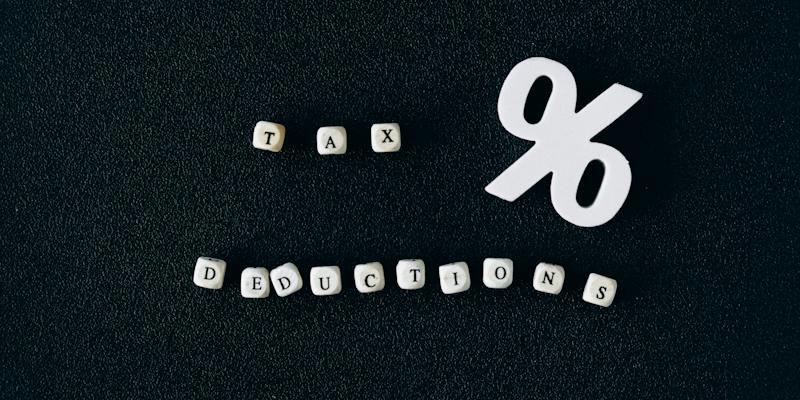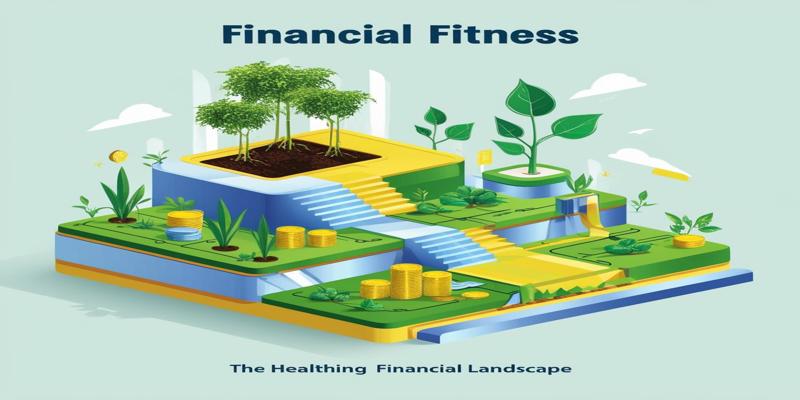Personal Exemptions: When and How to Leverage Them
Jan 29, 2024 By Susan Kelly
New tax laws eliminated the personal exemption. Despite this shift, most taxpayers' standard deduction quadrupled. This increased standard deduction eliminates the need for many taxpayers to itemize deductions, although it is limited by filing status and does not include dependent exemptions.
Personal Exemptions
Personal exemptions were calculated by adding all eligible family members and multiplied by the filing status's per-exemption dollar amount. Single filers may claim one exemption, but head-of-household filers and each eligible dependant could claim themselves. Those filing jointly were entitled, as were their spouses and qualifying dependents.
Married persons filing separately might claim exemptions for themselves, their kids, and their spouse if the spouse had zero gross income and was not claimed by another taxpayer. Importantly, a dependant has to be a qualifying child or relative to claim an exemption. A dependant must fulfill particular criteria to qualify for each category—the complex personal exemption regulations tailored benefits to different filing statuses and household combinations.
Person Exemption Application Criteria

The taxpayer has to be an independent entity and not a dependent on someone else's tax return to use the personal exemption. A college student who relies on more than half of their parent's financial assistance couldn't claim the exemption if their parents were eligible to claim them as a dependant, whether they did or not.
The Personal Exemption Phaseout (PEP) also applied to the personal exemption. This phaseout gradually lowered high-income taxpayers' exemption by 2% for each $2,500 or portion thereof above certain AGI limits. The phaseout began for single taxpayers above $261,500, head of household filers over $287,650, and joint filers over $313,800. The personal exemption disappeared for those earning over $436,300.
The personal exemption reduced taxable income by subtracting it from the adjusted gross income (AGI), lowering the taxpayer's tax burden proportionally to their tax bracket. It saved taxes depending on the taxpayer's marginal tax rate. A $4,050 personal exemption saved $608 in a 15% tax rate and $1,418 in a 35% bracket. This variety in value increased as income tax rates increased, underscoring the tax system's progressiveness.
To apply for the personal exemption, dependence status, and income levels had to be carefully assessed. The phaseout method reduced the advantage for higher-income persons, indicating a complex tax policy. The personal exemption lets people minimize taxable income by enabling deductions customized to their finances and tax responsibilities.
Examples of Personal Exemption
Married Randy, earning $5,000 monthly and $60,000 annually, files separately from his dependant spouse. The personal exemption was suspended in 2022. He can still lower his taxable income using a $12,950 standard deduction and additional deductions. While the personal exemption is irrelevant, Randy might seek alternative tax optimization options to reduce his tax bill.
Jay, a family man, has a household of four, including a married couple and two dependent children aged 15 and 20 under the former tax system. Jay may deduct $16,200 (4050 * 4) by claiming exemptions for himself, his spouse, and the two dependent children. This deduction instantly lowers their taxable income, helping them financially. Personal exemptions significantly cut the family's taxable income, allowing them to keep more.
In both examples, personal exemptions are vital to assessing taxable income for individuals and families. Understanding deductions, especially personal exemptions, helps people navigate the tax system as it changes. From 2022, the personal exemption is unavailable, although taxpayers can still maximize their tax status using alternative deductions and credits. Staying updated about tax rules allows individuals to make informed decisions to maximize their financial outcomes under the current tax structure.
Exemptions Vs. Deductions

Tax exemptions and deductions lower taxable income and are fundamental to the tax system. While both aim to reduce tax liability, eligibility requirements, and expenditures make them distinct tax planning strategies.
Personal income tax exemptions reduce taxable income based on filing status and dependents. A taxpayer's exemptions depend on their situation. Before 2018, claiming a personal exemption required not being dependent on someone else's tax return. If a college student's parents wanted to classify them as dependants, they couldn't claim a personal exemption.
Tax deductions reduce taxable income from qualifying taxpayer costs. Each deduction requires the taxpayer to fulfill particular expenditure requirements. The student loan interest deduction is dependent on repayment costs. Candidates for this deduction can lower their taxable income by the qualifying amount. Standard deduction further separates them. The standard deduction lets taxpayers deduct a predetermined amount without itemizing costs. It simplifies tax deductions, especially for individuals with little eligible costs. The standard deduction depends on filing status.
The 2018 tax reform abolished personal exemption but boosted standard deductions. This adjustment simplified tax forms and reduced itemized deductions. Personal exemptions enabled people to lower their taxable income directly depending on family size, but the enlarged standard deduction was more consistent and simple.
Exemptions reduce taxable income directly for families and dependents, provided they meet certain conditions. However, deductions allow taxpayers to lower their taxed income by spending on qualified things. Tax regulations have changed, emphasizing the standard deduction as a simplified way to get tax savings. Understanding these contrasts helps people manage the complexity of tax planning.
Exemption for Dependents
Taxpayers may reduce their taxable income using personal and dependenncy exemptions. Personal exemptions are gone, but understanding how to claim other tax advantages for dependents, like the child tax credit, is vital.
A dependant for tax purposes was a child, parent, sibling, or other relative who lived with the taxpayer and received at least half of their financial support. Filing status and joint tax return status affected exemption rules. Before 2018, joint tax filers may claim one exemption for themselves and one for their spouse. If filing separate returns, the spouse had to have no gross income and not be claimed as a dependant by another taxpayer to claim an exemption.
A single filer with two dependent children is an example. The taxpayer may have claimed a $12,150 personal exemption in 2017 ($4,050 multiplied by 3). This sum directly lowered the taxpayer's taxable income, saving taxes.
Since personal exemptions are gone, people can use other tax incentives like the child tax credit to maximize their taxes. Taxpayers must grasp deductions and credits to optimize their financial benefits in the changing tax landscape.

How Your Credit Cards Can Help During a Recession

Strategies to achieve financial fitness

Credit Cards Annual Fee

Robo-Advisors: A Game-Changer in Managing Your Financial Future

What Exactly Is An Affinity Card

Boosting Efficiency: Batch Append Credit Scores and Risk Scoring Techniques

AI Powerhouses of 2024: 8 Companies Driving Innovation

Choosing the Right Path: Earn2Trade or Topstep in the Year 2024?

Understanding the Role of a Private Banker: Is It Right for You?

